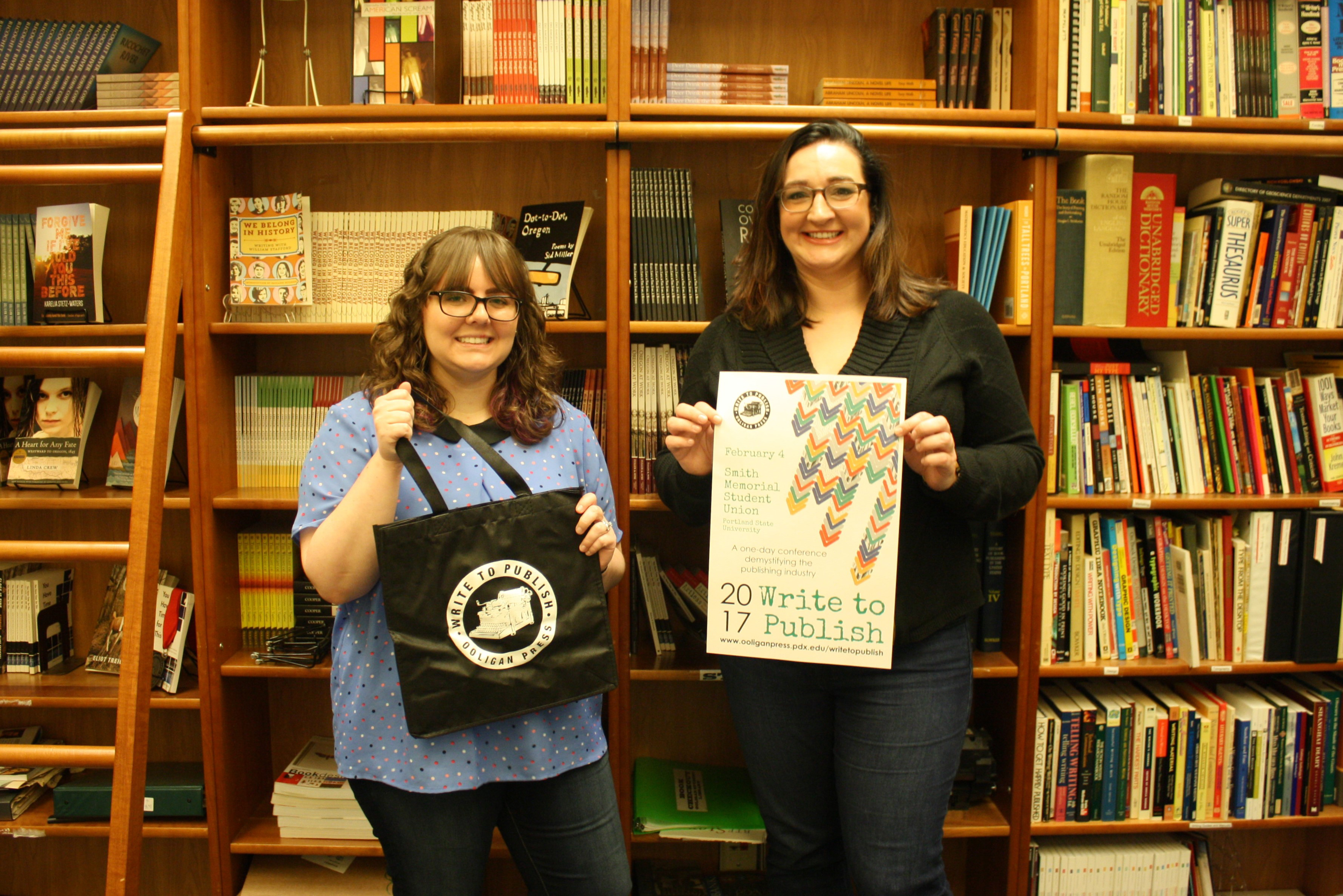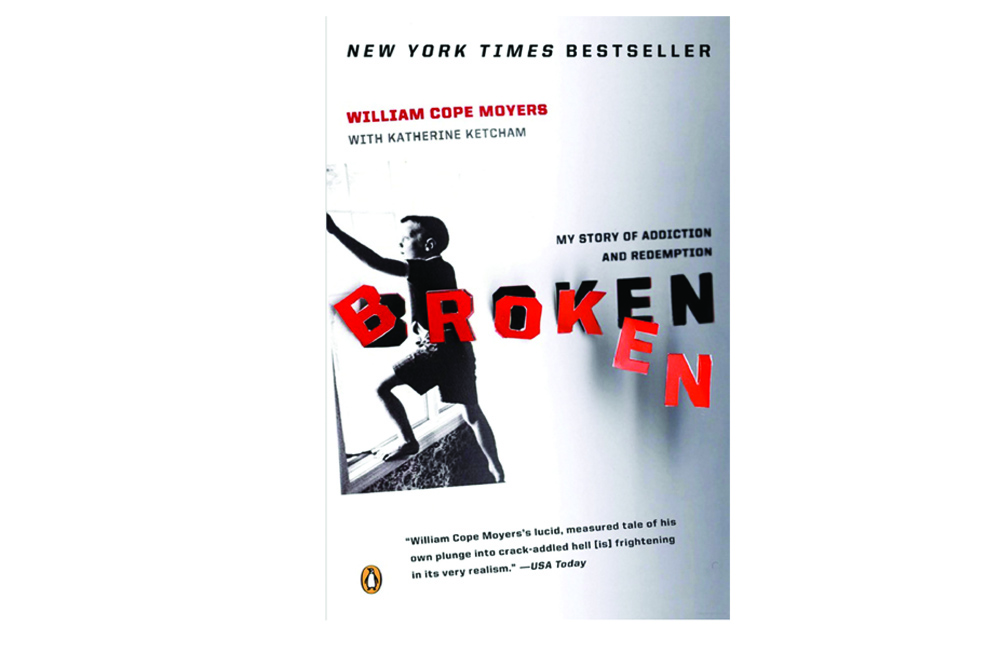Fifteen years ago, Britney Spears dominated the airwaves. Justice was still called Limited Too. Y2K, it turns out, was a total bunk, and I was just starting to suspect that I was not like other kids.
I was about to start middle school. I rocked a puffy silver coat, butterfly clips in my hair and constantly broken glasses. I had just quit soccer, so I was growing quite the belly. I also forgot how to socialize.
While other people were developing their interests in the opposite sex, I was sitting at home playing Neopets and writing Harry Potter fan fiction.
In a town of 10,000, where you go to school with the same 200 people from the time you’re in diapers to the time you slink away to Rutgers and develop a drinking problem, it’s hard to be a potbellied, Harry Potter–obsessed weirdo.
I started to feel self-conscious to the point of barely functioning. It was that typical pre-teen angst—which is totally a thing I didn’t make up—of just wanting to belong. And then something wonderful happened: Stargirl by Jerry Spinelli was published.
Narrated by a shy, under-the-radar teenager named Leo Borlock, Stargirl, at its heart, is a story about being your own bad self. When we meet Leo, he’s a sweet little kid who collects porcupine neckties and lives in Pennsylvania. Then he and his family move to the repressively conformist town of Mica, Arizona, and the porcupine neckties are put to rest.
At the beginning of Leo’s junior year of high school, wacky costume-wearing, ukulele-playing Stargirl comes to Mica Area High School—a place where no one stands out—and dares to be weird.
The school needs a good kick in the boring old pants. Stargirl is that kick. She sings “Happy Birthday” to people she’s never met, leaves notes of encouragement for perfect strangers, wears pioneer-era costumes and cheers for both teams at basketball games. She gets the school worked up into an individualization frenzy and she inspires Leo to think outside the box.
Stargirl borders on manic pixie dream girl territory: She’s quirky to a fault and she seems to exist to help Leo become bolder in his individuality and see the beauty in life. I mean, for the first two-thirds of the book, we really only see her crazy clothes and cartwheels. She actually dances in the rain, and I can practically see the Zooey Deschanel bangs sprouting from her head. It’s a little bit troubling to see this as a model for relationship dynamics for young readers.
But eventually the school turns on her quirk. Leo begs her to act normal so she won’t be a social outcast anymore. She complies and we start to see her emotional complexity. Well, some of it.
We find out that Stargirl is, in fact, Susan Caraway, a mousy girl from a relatively average family. Susan tries her best to fit in for Leo’s sake, wearing normal clothes and participating in school clubs, but in the end she realizes that she’s Stargirl, not Susan, and she decides to be true to herself.
The ending, though important to the message—“You do you, boo”—is still too close to the manic pixie dream girl trope for my liking. Stargirl is very much still a concept because her attempt to be normal, and subsequent decision to be herself, is conveyed in shallow terms: the clothes she wears and the things she does, not how she feels or the motivations for her actions.
To boot, almost as soon as we start seeing the person behind Stargirl, she and her family move away. The mystery of the manic pixie dream girl is contained. To be fair to Spinelli, Stargirl is narrated by a 16-year-old boy who might not exactly have the ability to see Stargirl as anything more than a concept, but I wish he had acknowledged as much in the book.
Spinelli wrote a sequel in 2007 called Love, Stargirl, which is from Stargirl’s perspective. In it, we get a three-dimensional picture of her: her home life, her motivations for the costumes and her emotional response to Leo’s rejection.
It almost reads like an afterthought: “Whoops, forgot to mention that Stargirl is a person and not just a concept, so here’s this.” But it’s better late than never. Stargirl as a narrator finally enjoys the same melancholy humor and thoughtfulness that Spinelli pours into all of his other characters.
Overall, Stargirl is a sweet, well-written book that, at times, suffers a bit from poor exposition. But that’s coming from a 25-year-old reading a book for 12-year-olds, so take that with a grain of salt.
Spinelli, who authored the likes of Maniac Magee and Crash, has a particular gift for making his readers feel warm and fuzzy inside. Stargirl is especially adept at inducing the fuzzies—especially in kids who feel like they’re forced to be a bunch of Leos when they really want to be Stargirls.






